Cries for Help
Why Higher Temps Lead to Higher Chance of Eviction
“Hello i am a single mom with 4 kids living from house to house and out my car HELP PLEASE i have a full time job and still cant afford to live anywhere and nobody will rent to me because of my past”
This cry for help came through our website last month from a Cleveland mother who was forced to seek outside help despite her best efforts to provide for her children. The final cause of her crisis? Eviction.
Northeast Ohio’s Eviction Crisis
Ohio is facing an eviction crisis. Currently at The City Mission’s Laura’s Home Women’s Crisis Center, 25 of their 55 adult clients have experienced eviction. And this number only includes those that reported a past eviction to a caseworker. The chances that more of The City Mission’s guests have an eviction on their record are incredibly high, especially if the client was a resident of Cuyahoga County. The danger here? Past eviction will repeatedly contribute to their current desperation.
According to the Eviction Lab (a team of researchers, students and website architects at Princeton University) Cuyahoga County sees on average 23 evictions a day. This doesn’t just mean that 23 individuals are removed from their homes – this number represents 23 individuals and their children, elderly parents, spouses and/or other loved ones that might be staying in their home – every day in Cuyahoga County dozens of individuals are forced to seek shelter in places that are likely unsafe or ill-suited for their needs.
Half of Cuyahoga County evictions take place within the city of Cleveland, averaging about 12 per day. This shouldn’t come as a surprise, as the median household income in Cleveland is just over $26,000 – a figure that is only possible if one works a job that pays more than minimum wage. However, if minimum wage is the only work a person is qualified for, that person would need to work 100 hours a week to afford a basic two-bedroom apartment and provide for basic needs. The demand of 100 hours of work per week is an unsustainable feat, especially when children are factored into the equation.
Higher Temps, Higher Chance of Eviction
Laura’s Home finds that many of the women in their program never expected to be evicted, let alone homeless. All too often, working moms and single women were surviving at, or just above, poverty level — until a disaster struck. One missed paycheck due to a health crisis, a death in the family, an overwhelming addiction, or the loss of a job can put an individual and their children into a debt hole that continues to grow deeper.
Evictions are especially high during the summer months. When schools close for the summer, parents experiencing poverty lose a critical safety net – childcare. The supervision schools provide allows parents to find and work full-time jobs, but many of these parents will still not earn enough money to pay for an apartment and daycare expenses, let alone save for a rainy day.
Parents (especially single parents) struggling to pay rent are forced to make one of two choices. They can either work and pay most of their bills, while leaving children to their own devices and other influences. Or a parent can stay home to take care of their children, but soon face homelessness without adequate income.
Aside from the potential emergency financial strains mentioned above, several other issues come into play when a family’s finances are depleted. Here are just a few:
- By the time summer arrives, low-income families have often stretched their income-tax return as far as it can go and can no longer afford rent.
- Landlords who showed grace in freezing temperatures now have fewer reservations about evicting tenants in nicer weather.
- Affordable housing alternatives are difficult to find. In Ohio, there are only 35 affordable and available rental units per 100 extremely low-income families.
- The wait for government housing can be more than a year long, and eligibility for subsidized housing can be disqualified due to past evictions.
Whatever the tipping point, families delivered an eviction are left scrambling to find a place that can provide the shelter and assistance they need to recover from their sudden housing crisis.
The Need for Shelter and Recovery Services Shows
Laura’s Home Women’s Crisis Center, the only long-term wraparound services program in Cleveland, receives 80+ calls each day from single women and moms with kids seeking safe shelter.
“In the spring we receive 50 calls or more a day, but in the summer numbers in family homelessness definitely spike,” says Abbey Uveges, a Licensed Social Worker and Administrative Assistant at Laura’s Home.
The Laura’s Home program hosts 166 beds located within private family and single-women rooms. This might seem like a lot of space, but the organization has been full to capacity since 2012. “Sorry, we’re unable to offer you a room,” is the heartbreaking answer the Laura’s Home staff must give to families seeking a place to rest and recover.
Evicted at the Age of 70
One current Laura’s Home client, Helen, knows just how dire an eviction crisis can become. Last year, 70-something year old Helen was evicted from her apartment due to a drug overdose.
Helen had been a secret addict for decades, using only from time to time when the pain of life became difficult to cope with. Finally, living on her own and in a fragile state, she took her drug abuse too far. She overdosed, and when her landlord learned about the ambulances in their driveway, Helen was given an eviction notice.
None of Helen’s family members had the resources or will to take her in, and she struggled to find another apartment with an eviction on her record, so she desperately called Laura’s Home.
“I was trying to arrange my life and not go bonkers, but it was really tough,” Helen says. “Laura’s Home had a place for me after three days, and I knew it was God teaching me a lesson.”
Unfortunately, Helen fell and broke her hip not long after she arrived. She spent a month in rehab and was afraid that once she was released from the hospital, she would be homeless again.
But the staff at Laura’s Home told Helen they would hold a place for her, which allowed Helen to focus on healing.
“I will be forever grateful to Laura’s Home because they didn’t have to do that,” she says. “It relieved my mind of stress to know that I could come here and be cared for.”
Many women like Helen seek to have their eviction records expunged through Laura’s Home’s Resource Center. Evictions and delinquent payments can show up on rental records and credit reports for years, making obtaining adequate housing difficult. Landlords are unlikely to rent to individuals with poor records, leaving families trapped in a cycle of homelessness.
“Evictions are difficult to address and require legal action in order for a family to move forward in a reasonable amount of time. I will refer ladies at Laura’s Home to attorneys at Scranton Road Legal Clinic or Cleveland’s Legal Aid Society, so that they can have records expunged,” says Janelle Poskocil, Laura’s Home’s Resource Center Supervisor.
Helen knows the benefit of these resources, and she acknowledges that her eyes have been opened to the struggles of people around her.
“Before I was homeless, I never knew women lived like this—suffered like this—because we don’t see them. We really don’t—we go about our business and go to the supermarket, and unless they’re out there begging, we don’t see them.”
Once she graduates from Laura’s Home, Helen wants to find an apartment of her own, and hopes to do something to help women and children who are facing homelessness as she once was.
Regaining Stability with the Help of the Community
This summer, the Cuyahoga County community can expect to see over 2,100 households undergo an eviction. Once experienced, the cycle of homelessness and poverty is difficult to escape and can trap a single family for generations. The question is, what can the average person do to turn this local crisis around? Here are a few suggestions:
- Donate financially to places such as Laura’s Home, after school programs, and free legal clinics. These organizations allow parents and children to move toward self-sustainability after an eviction crisis.
- Consider the time you have to volunteer – formally or informally. Can you help your struggling neighbor out with a broken window or provide a meal? Can you sign up to adopt-a-day in Laura’s Home’s summer program for kids, so that moms can focus on finding adequate jobs and housing? Do you have specialized skills that could assist a family in their legal or credit crisis? Giving back through your time and talents is not only rewarding, but can change the trajectory of our city for the better.
- Stay informed on issues of eviction, poverty and homelessness, and then share this knowledge with your circle of influence. Everyone has different resources and talents to offer, and your network can be an important part of community transformation. Consider following The City Mission’s social media channels for the latest news.
Despite the economic and social upturn of our city, it’s clear that eviction remains a silent dark spot for dozens of our neighbors every day. As the community shares in the excitement of a revived Northeast Ohio, we cannot leave our hurting, evicted, and homeless neighbors to suffer in hidden corners of the city.
Every contribution makes an impact
Reaching Hearts | Changing LIVES
The City Mission is funded entirely by private donations from people like you.
Will you provide help and hope to people in crisis today?
84¢ OF EVERY DOLLAR DONATED IS USED DIRECTLY FOR RESIDENT CARE.




